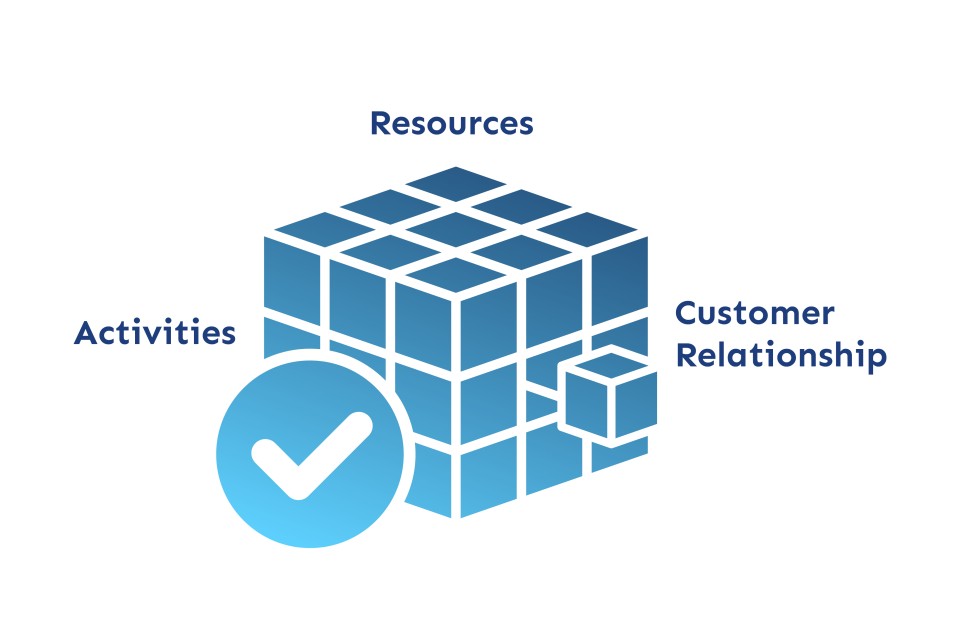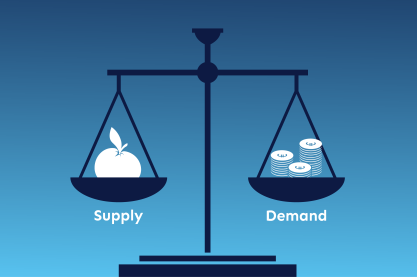Total Quality Manage...
18560 | 6 Apr 2023

Effective decision-making and learning in a world of increasing dynamic complexity require that organizations adopt a systems mindset to push the boundaries of current mental models and develop tools to understand how the structure of complex business systems affects their behavior. Business systems belong to the class of dynamically complex systems. The goal of systems thinking and systems dynamics modeling is to improve understanding of how a company's performance is related to its internal structure and operational strategies, including those of customers, competitors, and suppliers, and to use this understanding to formulate appropriate strategies. In any business system, some processes make up the entire system. Process models show how a system that evolves is used in broader business processes. Business processes are inherently dynamic and involve activities. However, if we want to look at the entire business system, we must also consider static aspects. This includes, for example, the organizational structures in which the business processes take place. This also includes various business objects and information objects. For static and dynamic aspects in their entirety, we use the term business system.
In business terminology, a business system refers to a value chain that describes the value creation process, i.e., the delivery of goods and services. A business may consist of one or more business systems, each of which provides economic value. The business system can be viewed from different perspectives. Each view emphasizes certain aspects and is related to the others. When we look at it from the outside, we take the role of a buyer, business partner, supplier, or another business system. The external view describes the environment of the business system. In the business system, we find people and tools responsible for meeting the requirements of the environment and managing the necessary business processes. Behind the business processes are workflows and information systems. Each individual is part of the organizational structure. However, this internal view is usually hidden from external actors.
It is important to determine the system boundaries for successful analysis and realistic modeling of the business system. A business system that needs to be modeled may include the entire organization. In this case, it is the organizational model. It is also possible to consider and model only a selected part or component of the business system. Business models are graphical representations of business processes, software equipment, and systems in an easily understood visual form. These models are used for efficient and accurate business analysis and design of business systems and IT strategies.
Organizations rarely operate at peak efficiency. For an organization to achieve its goals, it must fully understand its processes. Therefore, business process planning and analysis are critical to determining how the organization conducts its business and ensuring that employees understand and perform their jobs responsibly. Understanding system interactions, business processes, and organizational hierarchies create alignment so that everyone is pulling in the same direction and supports informed decisions for optimal results and continuous improvement. Business process modeling is a good place to start.
Business process modeling can serve different purposes, as each company can adapt it to its needs. However, some standard features of BPM can help many organizations. The basic purpose of business process modeling is to understand a particular process. The visual representation gives a clear picture of the different components and their dependencies. The main purpose of business process modeling is to understand the internal workings of an organization. Business process modeling refers to creating a graphical representation of the various workflows used in the organization to get a clear picture of the current process and find new ways to improve the current processes. They provide an overview of the activities that employees perform daily and create a basis for studies, process improvement, cost estimates and a proper understanding of business processes.
The purpose of business process modeling is to increase the efficiency and productivity of business processes. We can think of modeling tools as visual aids that can be used to record the process history that occurs in organizations graphically. There are a number of tools available to help organizations document business process models. Processes need to be continuously analyzed to identify bottlenecks that may occur over time.
The best business process management tools market is full of great products for various applications in different industries. Traditional business process management (BPM) software vendors continue to offer process modeling and automation capabilities that remained important in the marketplace when widespread adoption of BPM software began more than a decade ago. With the ability to create complex computer programs, companies began to realize the benefits of modeling business processes with various tools. Today, these tools have evolved into fully scalable, visual, mobile, and integrated platforms that allow organizations to see and control processes like never before.
Models can explain the business system from different aspects:
There are different ways to create a graphical representation of business processes. Companies invest in business process modeling techniques to improve their methods' productivity, efficiency and accuracy. Business process modeling techniques should be pursued to create one or more models for presentation, communication, analysis, layout, synthesis, decision-making, and control of the business. In addition to different tools, organizations can also use different business process modeling techniques.
Well-applied business process modeling techniques are very effective in understanding the business and the mechanisms used to operate it, which are extremely important to the organization. Business process modeling can be applied to a wide range of businesses and organizations. Its methods can help streamline processes, increase quality, and improve efficiency. The techniques described above can facilitate the understanding and communication of complex concepts and are an essential part of effective business process modeling.
What are your thoughts on the subject above? Feel free to post a comment or start a discussion.


Leave A Comment